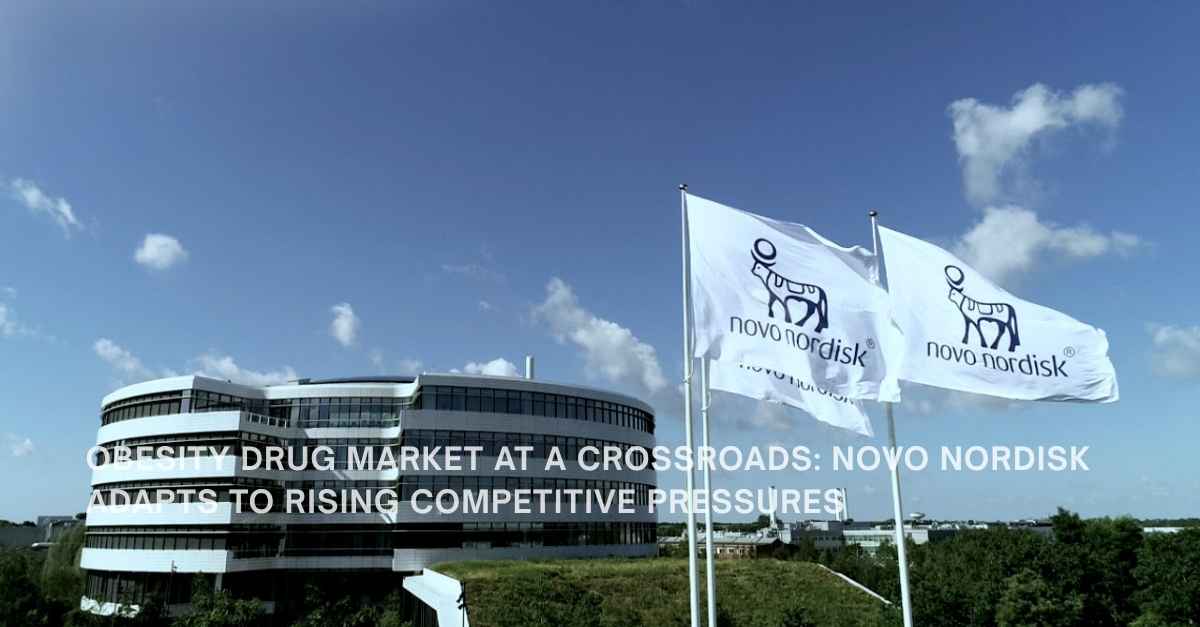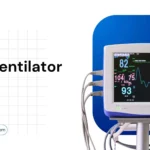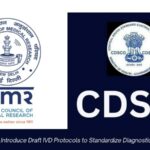05 August 2025, Global
The rapid rise of GLP-1-based obesity drugs like Wegovy has redefined both treatment strategies and investor sentiment, marking a pivotal moment for global pharma. Novo Nordisk, the Danish pharma giant behind Wegovy (semaglutide), catalyzed the obesity drug market’s mainstream breakthrough. But as market dynamics shift quickly, it now faces unprecedented challenges. These include growing competition from Eli Lilly, regulatory gaps that allow for the use of compounded drug substitutes, and decreasing investor confidence.
Global Obesity Drug Market
Over 1 billion people globally are affected by obesity, and in recent years, the need for pharmaceutical treatment has increased dramatically. The global anti-obesity drugs market is valued at USD 6.9 billion in 2024 and is expected to reach USD 36.3 billion by 2032, with a CAGR of 23%. The main factors driving this growth are increased obesity and metabolic disease prevalence, groundbreaking advancements in GLP-1 receptor agonists, expanding insurance coverage in important markets like the US and enhanced public awareness and celebrity endorsements.
Competitive Duopoly and Emerging Threats
Novo Nordisk and Eli Lilly dominate ~90% of the global GLP‑1 segment, creating formidable barriers to entry. However, an evolving competitive landscape includes newer GLP‑1 analogs, dual-agonists, combination therapies, and oral formulations. Companies such as Amgen (MariTide), Roche/Zealand (petrelintide), and Lilly’s oral orforglipron are investing heavily in this space.
Over 150 obesity drug molecules are currently in development globally, including non-peptide and gene‑therapy approaches—many aiming to differentiate on efficacy, tolerability, or convenience.
Novo Nordisk’s key challenges include:
- Ongoing copycat semaglutide therapies in the U.S., with compounded products undermining branded Wegovy despite FDA pressure and litigation
- Intensifying competition from Eli Lilly, whose Mounjaro/Zepbound gains market share thanks to superior efficacy (~23% vs ~15% average weight loss) and robust expansion
- Leadership transition: Maziar Mike Doustdar succeeded the former CEO in August 2025, tasked with spearheading cost-cutting and restructuring amid this turbulent phase
Strategic Implications & Outlook
Opportunities
- Valuation reset: Novo’s market dip offers investors a potentially attractive entry if its pipeline and global footprint can translate into regained momentum.
- Emerging markets: India and Asia Pacific represent high-growth geographies where early brand building and pricing strategies may lock in long-term leadership.
Risks
- Compounding erosion in the U.S. may remain persistent unless regulatory enforcement tightens and legal measures succeed.
- Escalating competition: Lilly’s faster growth and pipeline innovation (including oral formulations) may continue to erode Wegovy’s share.
- Generics disrupt India: With semaglutide patent expiry in 2026, Indian firms like Dr. Reddy’s plan to enter 87 markets with entry cost-effective versions, threatening long-term price power.
India’s Obesity Drug Market: The Next Big Battleground
The Indian market has rapidly emerged as a strategic frontier for global obesity drug makers, especially Eli Lilly and Novo Nordisk, as GLP-1-based therapies gain traction globally. Driven by rising obesity and diabetes rates, and a burgeoning middle-class with greater health consciousness, India is now seeing explosive demand for weight-loss drugs, albeit at a different scale and price point than Western markets.
Market Snapshot & Competitive Dynamics
India’s Obesity Drug Market Valuation:
The Indian obesity drug market is valued at 239.05 USD Million in 2024 and is expected to reach USD 3.4 billion by 2032 with a CAGR of 39.7%. The market for obesity medications in India is growing quickly as a result of several important growth factors coming together. The prevalence of obesity in the nation is currently among the top three worldwide, and the need for efficient pharmaceutical interventions is being heightened by rising diabetes rates.
The key to this surge is affordability. Eli Lilly’s Mounjaro has benefited from early traction due to the price sensitivity of Indian consumers, who prefer affordable or insurance-backed options. A cultural and clinical shift in the way obesity is treated in India is also indicated by the increased openness to innovative treatments like injectables brought about by changing attitudes and increased awareness.
Competitive Outlook
|
Company |
Drug |
Launch Timeline |
Units Sold (India) |
Revenue (₹, June) |
|
Eli Lilly |
Mounjaro |
March 2025 |
87,986 units |
₹260 million |
|
Novo Nordisk |
Wegovy |
June 2025 |
1,788 units |
₹25.3 million |
Lilly’s Early Advantage: Lilly has established early dominance due to its excellent launch execution and superior clinical efficacy (average weight loss of ~23%) when compared to Wegovy (~15%).
Novo’s Challenge to Catch Up: Novo’s slower entry traction could have been caused by a later launch, limited volume, and regulatory delays in pricing approvals or distribution.
Strategic Implications
For Global Players:
- Lilly: If Mounjaro keeps prices the same and expands access partnerships, it might solidify leadership. Its performance here might serve as a model for new market tactics elsewhere.
- Novo Nordisk: To catch up, they need to partner with payers, run aggressive pricing, and run awareness campaigns. One potential path is local manufacturing.
For Indian Pharma:
- Domestic firms such as Dr. Reddy’s are preparing low-cost semaglutide generics post-2026, when patents expire. These firms could redefine price benchmarks, further disrupting the branded market.
Conclusion:
The global obesity drug market stands at a critical turning point. Eli Lilly has built early momentum, while Novo Nordisk must navigate growing threats from copycat products to shifting regulatory tides. India’s explosive market growth, combined with looming generic disruptions post-2026, signals a coming shakeup. Ultimately, long-term winners will be those who combine scientific innovation with strategic pricing, localization, and agility across both mature and emerging markets.










